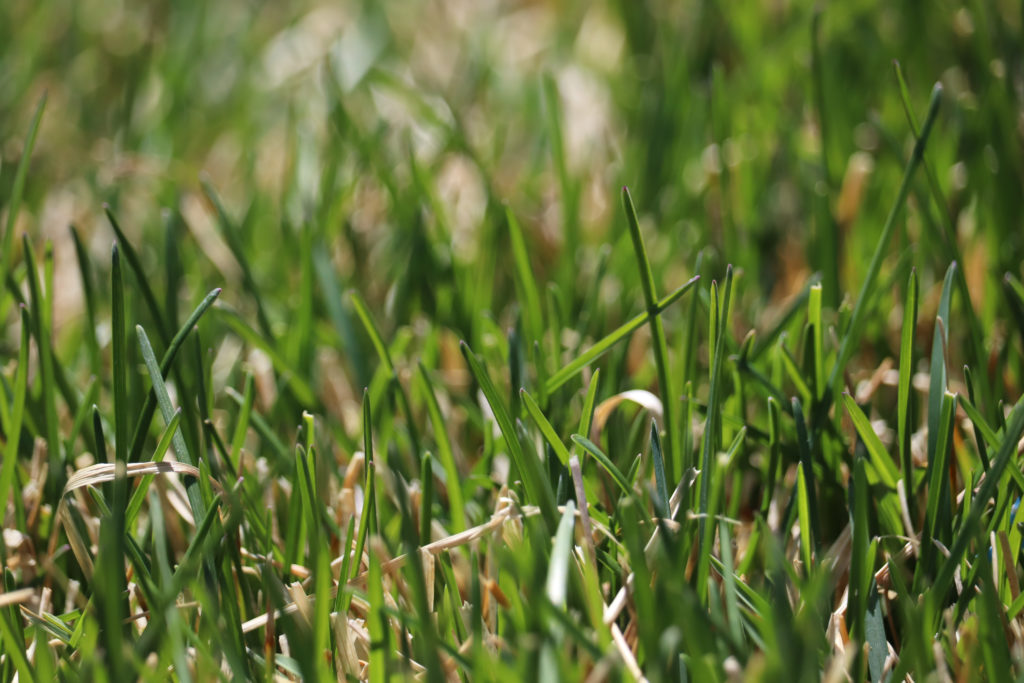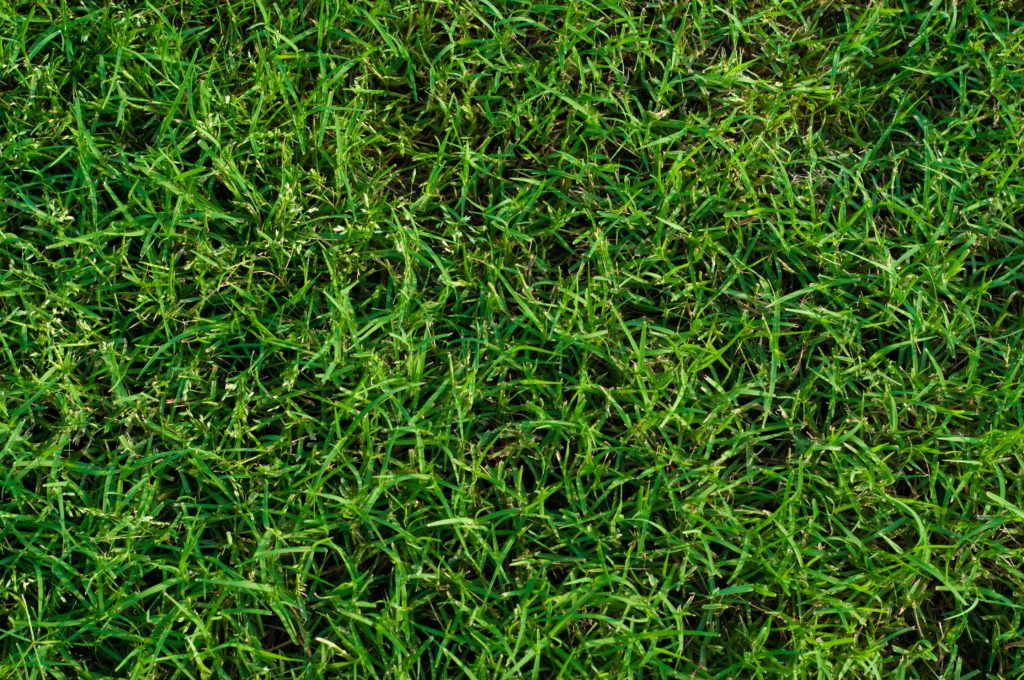Nothing increases the curb appeal of your home like a freshly cut, healthy lawn.
As we move into warmer weather and changing conditions, it’s increasingly important to make sure you’re taking the proper care of your lawn so it can stay healthy during the summer. Along with the appropriate seeding, watering, and fertilizing, mowing your lawn to the correct height can make all the difference in a vibrant lawn.
So how high should you be mowing?
The answer to that question depends on what kind of grass you have. There are actually five different types of grass that are found commonly in Kansas lawns. The most common types of grass seen in Kansas are cool season grasses, specifically tall Fescue, and Kentucky bluegrass. However, in more southern parts on the state, it can be more common to see Bermuda, Zoysia, and Buffalo grass.
Each of the five varieties of grass have a different height they should be mowed to each season for the best results. If you don’t know what to look for, it can be easy to get confused on what kind of grass you have in your lawn. Look below for a list of how you can identify each of these five varieties, and according to data by the Kansas State Department of Horticulture, how short to cut them when you mow:
Tall Fescue: A wide-leaf grass with equivalent sized veins that run the length of the leaf. When grown long, tall fescue grows a cluster of seeds at its head. This is one of the most common types of grass used in Kansas and is what Schendel uses for seeding services.

Optimal mowing height (Inches)
Spring: 3-3.5
Summer: 3.5-4
Fall: 3-3.5
Kentucky bluegrass: Another very common type of grass seen in Kansas lawns. Bluegrass can be commonly found in varieties of seed and sod that have a blend of grass types. It is best identified using its one prominent vein running down the middle, coming to a rounded point at the end. If grown long, Kentucky bluegrass will grow a branching clustered seed head.

Optimal mowing height (Inches)
Spring: 3-3.5
Summer: 3.5-4
Fall: 3-3.5
Bermuda grass: Often the roughest texture of the five varieties, its most identifiable feature being its above ground roots or stolons. Bermuda has small hairs that grow where the sheath and the leaf meet. Bermuda should be mowed to roughly the same height all year round.

Optimal mowing height (Inches)
Spring: 1.5-2.5
Summer: 1.5-2.5
Fall: 1.5-2.5
Zoysia grass: Similar growth patterns with bermudagrass, but typically with a softer texture and wider leaves. The color of Zoysia changes quickly to a grayish brown when exposed to colder weather.

Optimal mowing height (inches)
Spring: 1.5-2
Summer: 1.5-2.5
Fall: 1.5-2.5
Buffalo grass: Similar to Bermuda, with rolled leaves at the bud. Buffalo leaves come to a point, and are often curled or sagging. Buffalo grass is healthiest year-round at a fairly short height.

Optimal mowing height (inches)
Spring: 2.5-3.5
Summer: 2.5-3.5
Fall: 2.5-3.5
Additionally, if you’re using a bladed mower to cut your grass, make sure you keep the blade sharpened for the best results. A dull mower blade can cause unevenness in your lawn and can also lead to brown spots. If you want more information about caring for your lawn as we progress seasons, download our free lawn care calendar.
